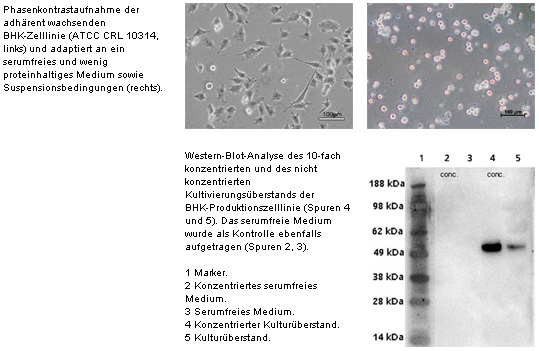A biosimilar (biogeneric) is a drug that has been produced via biotechnology and which has the same qualitative and quantitative composition and the same administrative form as the reference drug. Its bioequivalence to the reference drug must be confirmed by suitable studies. At the Fraunhofer IGB, we have established a generic procedure for clotting Factor VII on behalf of the Iranian company, CinnaGen Biopharma.
Blood coagulation is a complex process in which different clotting factors trigger a cascade of enzymatic reactions to finally form a stable fibrin clot. If clotting factors such as Factor VII are missing within this chain, the formation of the fibrin network is prevented. In affected persons this leads to a coagulation disorder, namely hemophilia. The frequency of such a disease at 1 in 500,000 is quite rare. Treatment consists of the intravenous application of (recombinant) activated Factor VII produced by genetic engineering or Factor VII which is obtained from human blood.
 Fraunhofer Institute for Interfacial Engineering and Biotechnology IGB
Fraunhofer Institute for Interfacial Engineering and Biotechnology IGB